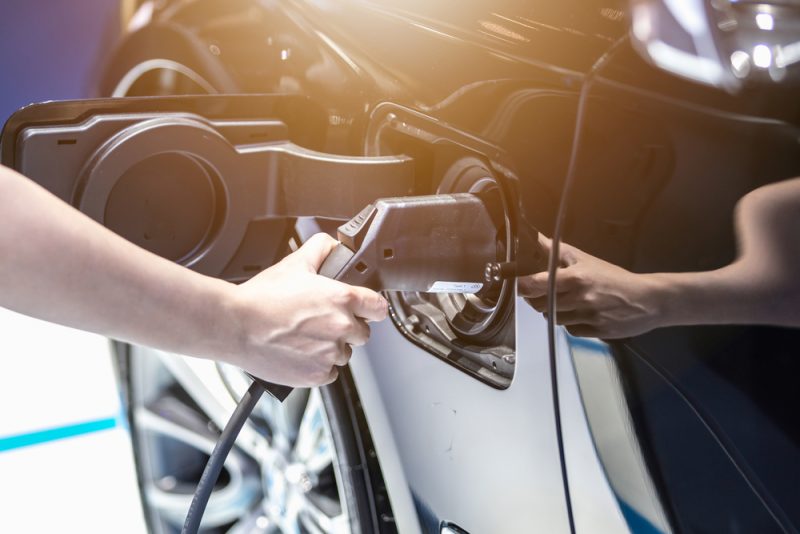Future electric system planning should account for plug-in electric vehicle charging, NREL study finds

New research from the National Renewable Energy Laboratory (NREL) found that an influx of plug-in electric vehicles (PEVs) charging without coordination could pose challenges to the electric grid by increasing peak demand.
The study, “Impact of Uncoordinated Plug-in Electric Vehicle Charging on Residential Power Demand,” used a computer simulation to explore the impacts of in-home PEV charging on the grid.
“Previous research into the amount of energy required by homes hasn’t taken into account plug-in electric vehicles,” Matteo Muratori, author of the new Nature Energy paper, said. “Given that more people are choosing to drive these types of vehicles and charging them at home, this additional demand should not be overlooked.”
The simulation found that a PEV market share of up to 3 percent or about 7.5 million vehicles would not significantly impact the aggregate residential power demand.
Higher demand associated with uncoordinated charging, however, could significantly increase peak demand, shorten the expected lifespan of a transformer and require upgrades to electricity distribution infrastructure.
“Realizing the full benefits of vehicle electrification will necessitate a systems-level approach that treats vehicles, buildings, and the grid as an integrated network,” Johney Green Jr., NREL’s associate lab director for Mechanical and Thermal Engineering Sciences, said.
